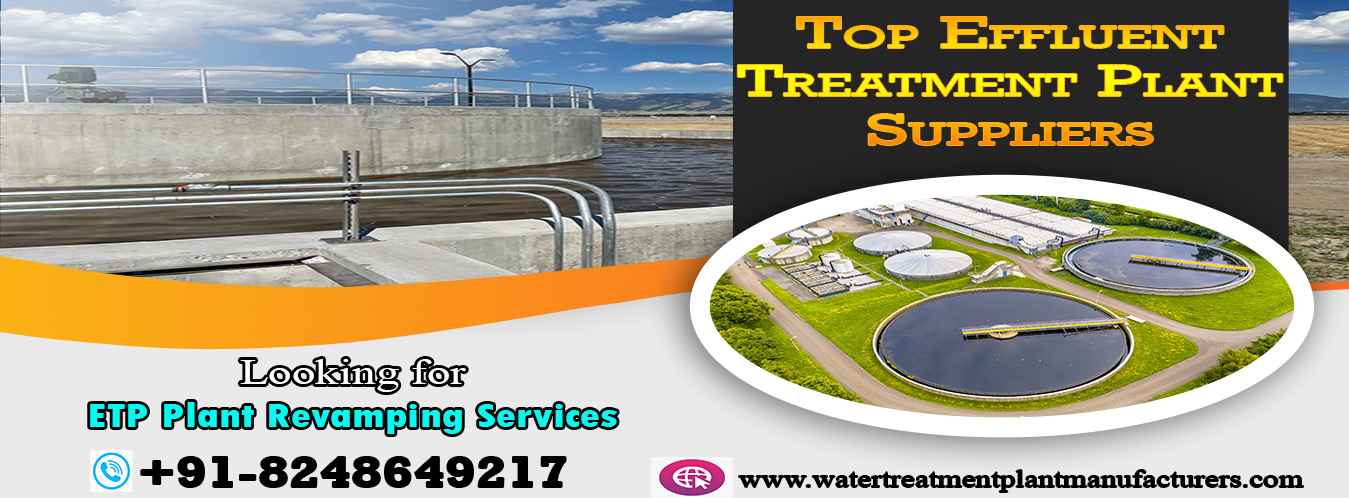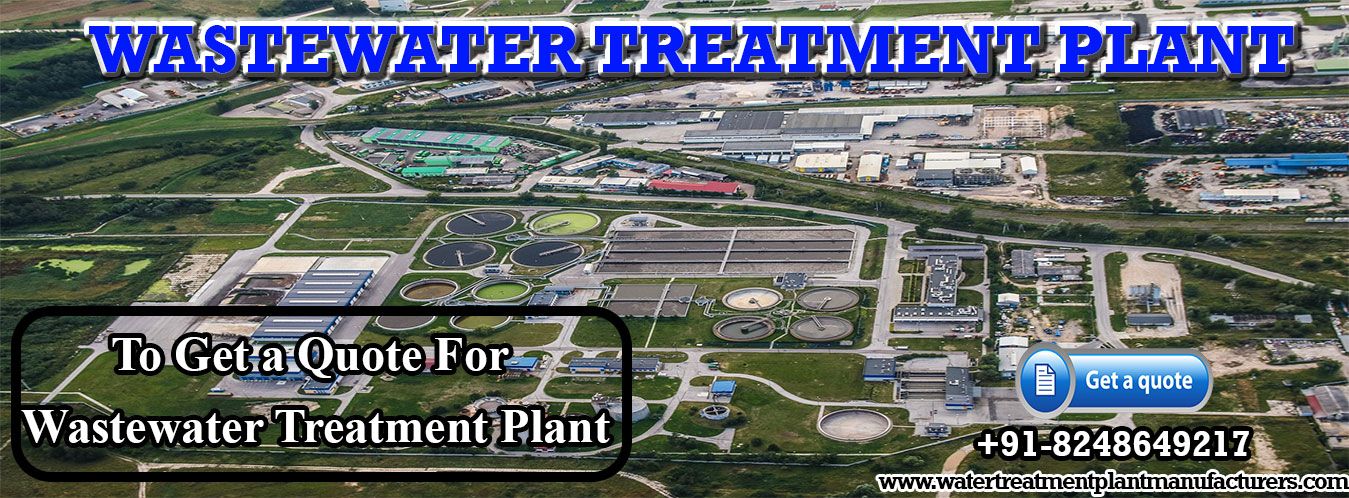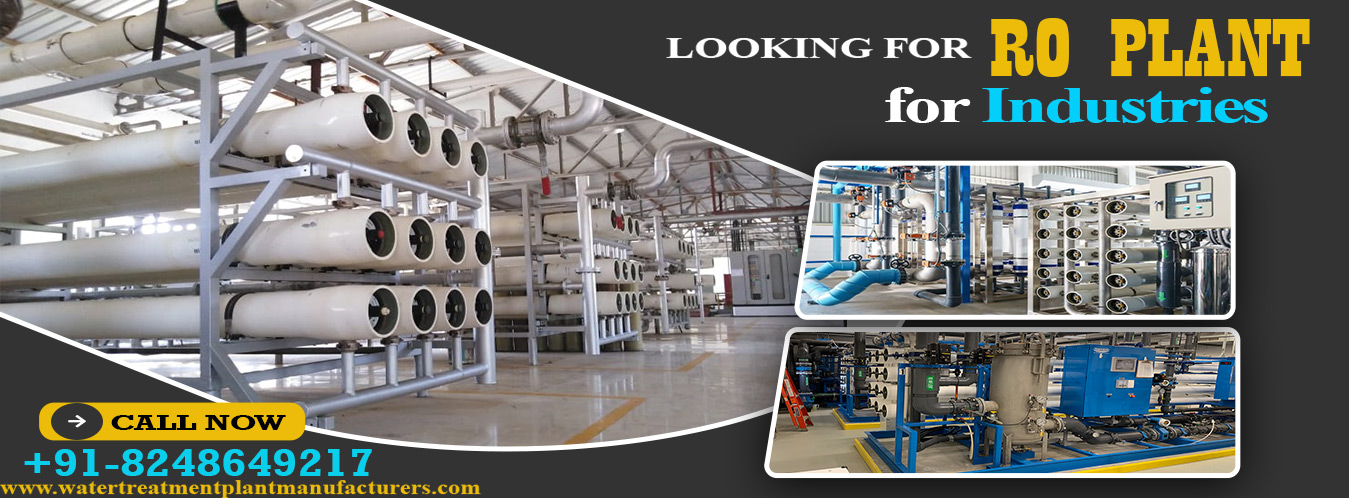
WELCOME
GJ WATER TECHNOLOGIES

WELCOME
GJ WATER TECHNOLOGIES

WELCOME
GJ WATER TECHNOLOGIES

WELCOME
GJ WATER TECHNOLOGIES
Storage tanks play a crucial role in water treatment facilities, safeguarding the availability of clean and potable water for communities. In this essay, we will explore the significance of storage tanks in three different types of water treatment facilities: Effluent Treatment Plant (ETP) storage tanks, Sewage Treatment Plant (STP) storage tanks, and Water Treatment Plant (WTP) storage tanks. Each type of facility serves a distinct purpose in maintaining the quality of water for various applications, such as industrial processes and drinking water supply.
Effluent Treatment Plants are essential in industries to treat and manage the wastewater generated during manufacturing processes. ETP storage tanks are designed to hold and treat this effluent efficiently. These tanks serve several critical functions:
Containment: ETP storage tanks contain and isolate industrial wastewater, preventing its release into the environment. This containment is vital to prevent pollution and ecological harm.
Treatment: Once collected, industrial effluents undergo treatment processes within these tanks. Various physical, chemical, and biological treatments are applied to remove contaminants, ensuring compliance with environmental regulations.
Effluent Quality Control: ETP storage tanks help regulate the quality of treated effluent, allowing industries to meet discharge standards and minimize environmental impact.
Sewage Treatment Plants are essential for treating domestic and municipal wastewater. STP storage tanks are key components in the sewage treatment process. Their functions include:
Temporary Storage:STP storage tanks temporarily hold incoming sewage, providing time for settling and separation of solids from liquids. This is an important initial step in the treatment process.
Biological Treatment: Some STP storage tanks are designed for biological treatment, allowing microorganisms to break down organic matter in sewage, transforming it into less harmful substances.
Effluent Disposal: STP storage tanks play a role in the safe disposal of treated sewage effluent. Ensuring the proper containment and discharge of treated sewage helps protect public health and the environment.
Water Treatment Plants are responsible for providing clean and safe drinking water to communities. WTP storage tanks are crucial components within these facilities, serving the following functions:
Raw Water Storage: WTP storage tanks hold the untreated water sourced from rivers, lakes, or groundwater. These tanks help stabilize supply and provide a buffer against fluctuating water quality.
Chemical Additions: In some cases, chemicals such as chlorine or alum are added to the water for disinfection and coagulation. WTP storage tanks allow for proper mixing and contact time with these chemicals.
Finished Water Storage: After undergoing various treatment processes, the water is stored in these tanks before distribution to consumers. This storage ensures a continuous and reliable supply of clean drinking water, even during peak demand periods.
Storage tanks are indispensable components of water treatment facilities, each serving unique roles in maintaining water quality and availability. ETP storage tanks manage industrial wastewater, STP storage tanks treat sewage, and WTP storage tanks ensure the delivery of safe drinking water. Their collective contributions are vital in safeguarding public health and the environment. As we continue to face water quality challenges, it is crucial to recognize and appreciate the critical role these storage tanks play in our daily lives. Proper design, maintenance, and management of these tanks are essential to ensuring a sustainable and reliable water supply for future generations.
ETP Plant represents Effluent Treatment Plant, is a cycle which is designed for treating the industrial wastewater for making it reusable or safe release into the nature. It accepts untreated industrial wastewater as influent and subsequent to treating it produces the effluent because of treated industrial wastewater. During the treatment cycle it likewise isolates sludge.
Effluent Treatment Plants are utilized by all driving industries to treat their wastewater. All the main pharmaceutical, chemical, material, and other industry that create the wastewater utilized ETP's to sanitize water and eliminate any non harmful or poisonous materials or chemical from it. Every one of the companies utilized these plant to keep the public authority rule, and for climate protection.
ETP Plant assumes a vital part for treating the industrial wastewater. ETP are for the most part used to get the industrial wastewater make it reusable water or to safe release in to the climate. Presently Days it's obligatory for each industry to Introduce ETP Plants according to unofficial laws to treat their waste and wastewater for making it more reusable or for safe release into the nature.
Wastewater release plants are utilized to treat wastewater prior to delivering it into the climate. Keeping a wastewater release plant is fundamental since they are significant in guaranteeing that the climate stays clean. The main thing you ought to do is ensure that the effluent release plant gathers the wastewater and never returns it to the climate.
To reuse the water for additional purposes, the emanating treatment plant filters harmful material, contaminated water from streams and lakes, and so on. These are many times utilized in enterprises where there is a gamble of serious water contamination, like drugs, materials, tanneries, and synthetic chemicals. Prior to delivering them back to nature, such treatment plants guarantee that the dirtied and poisonous water from industrial facilities is dealt with.
